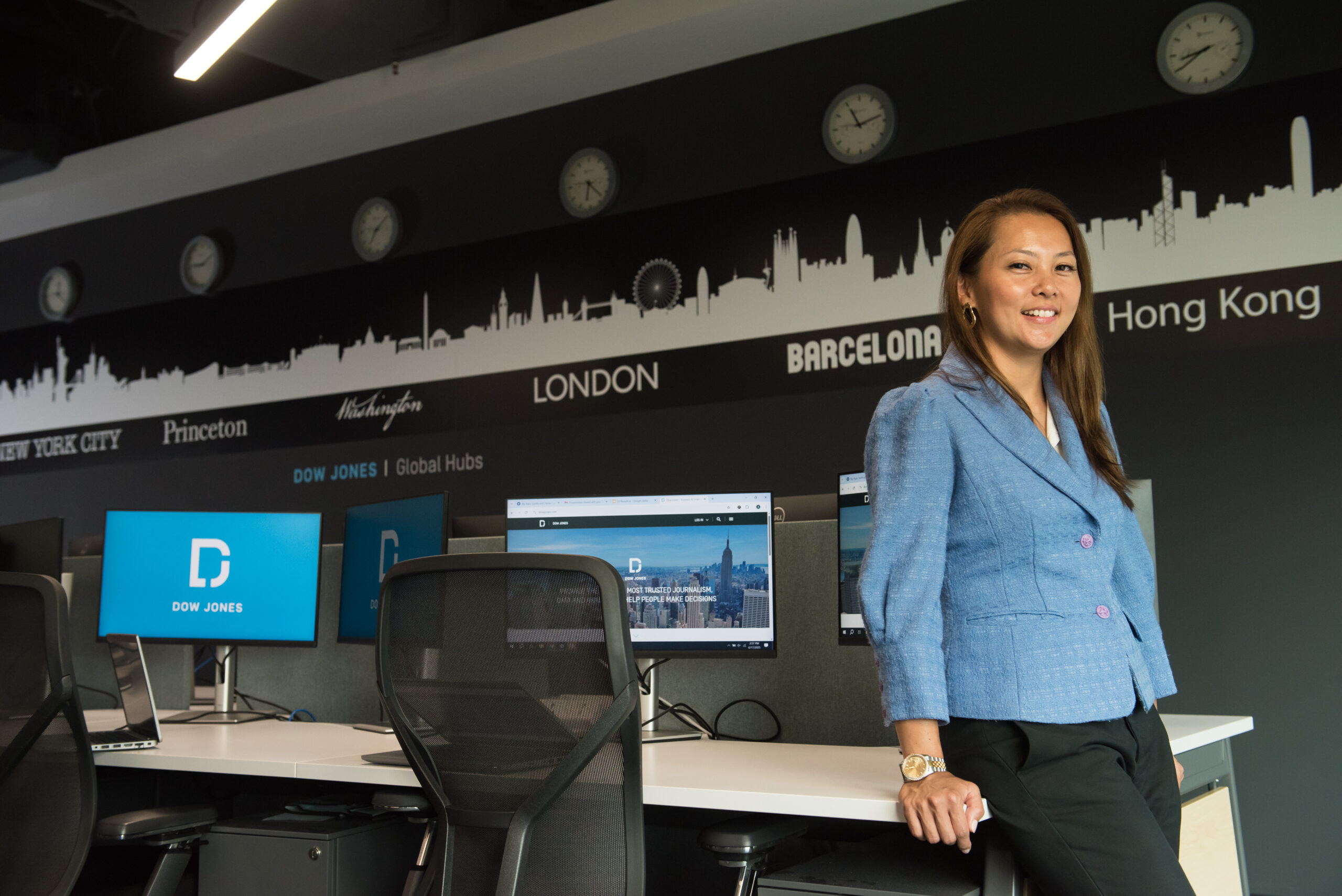2025 priorities: How prepared is your HR team for these challenges?
- HRM Asia Newsroom

The world of work is preparing to enter the fifth year since the pandemic hit, a crisis that set off massive transformation and prompted HR and business leaders to work to establish new norms. The pace of change has not slowed in that time, and one expert suggests the changes to come in 2025 should prompt HR leaders to rethink their priorities.
Next year, shifting realities will have a direct impact on HR strategy and will require CHROs to more intentionally focus on several key areas, says Mark Whittle, Vice-President of research and advisory with Gartner’s HR practice.
Business concerns that will affect HR
Changing CEO goals
According to the 2024 Gartner CEO and Senior Business Executive Survey, 62% of those surveyed cited growth as their top business priority this year, a 13-point increase from 2023, marking the sharpest focus on business growth in a decade. Meanwhile, less than one-third (27%) of CEOs surveyed listed the workforce as a top priority, down 16 percentage points from the prior year. Compared to the previous attention to employee wellbeing, Whittle says, CEOs today are more concerned about the workforce’s role in powering the organisation’s growth and achieving greater productivity.
“CEOs are laser-focused on growth for next year,” Whittle says, adding, “Do you know where the growth bets are in your organisation?”
AI hits deployment realities
Many organisations bet big on generative AI in 2024. However, employee skill gaps, inefficient data analysis efforts, uncertainty about best practices and change fatigue are all pushing HR’s inflated expectations about the use of gen AI into a “trough of disillusionment,” Whittle says.
HR leaders, he says, should double down on how they can contribute to their organisation’s AI roadmap, with a change management focus and particular attention to closing skills gaps.
Labour market contracts and shifts
At last month’s Gartner’s ReimagineHR Conference in Orlando, Florida, Whittle presented some sobering statistics on the state of the labour market, drawing on data from Korn Ferry, the World Economic Forum, and the 2024 Gartner Voice of the Candidate Survey:
- Labour shortage: 85 million jobs across the globe will go unfilled by 2030.
- Mismatched skills: 23% of jobs will change in the next five years.
- Employee demands: 62% of candidates will only seek jobs that meet their employee value proposition requirements.
Three HR priorities in 2025
Whittle says this uncertain landscape is certain to challenge HR leaders in 2025. However, HR leaders who are attuned to these business realities can more closely align HR and organisational strategy—which presents an opportunity “for them to shine in the coming year,” Whittle says.
Org strategy: Boost the impact of HR
In focusing on the CEO’s priorities, HR leaders will naturally bring together people and business strategy, Whittle says, stressing that HR leaders must consider their role in all areas, from business growth to technology beyond the HR department.
“Does your HR team define productivity the same way as the business? Because it is here where smart, well-intentioned CHROs can get tripped up,” Whittle says.
For example, CEOs may be looking for productivity gains from hiring and onboarding more candidates, while HR teams may be more focused on the time savings HR improvements can bring to managers.
“If so, these are really nibbling around the edges of productivity and not really what the CEO has in mind,” he notes.
HR leaders need to ensure their teams strategically focus on workforce productivity rather than occasionally addressing it. For starters, HR leaders can ask themselves how they will achieve a 10% improvement in organisational productivity in the New Year, Whittle says.
Change management: Develop a strong team to lead transformation
With many leaders and managers not equipped to lead change and a lot of employees fatigued by the wave of change in recent years, compounded by an absence of effective communication from HR, Whittle says, it creates a “chameleon” problem.
“Chameleons have change problems, too,” says Whittle. “If he stays camouflaged, he might avoid being eaten. But he also might miss that female chameleon who prefers a mate with bright colours. So, he has a tough decision whether to play it safe. In HR, there are several options around change, too. And we tend to choose the easier ones.”
To help their teams and workforce harness the potential of change, Whittle says, HR leaders should rethink their change strategy to:
- View effective leadership as change leadership.
- Realise that processes, policies, structures and budgets are often the root cause of change management obstacles.
- Approach communication in a way that inspires change. For example, communicate to the workforce which employee behaviours and expectations are aligned with the organisation’s strategy and goals so that employees know what they need to do and how it can impact their careers and work.
- Link career mobility to organisational transformation.
Prepare for the future: Build the workforce you need
Whittle says that in Gartner’s recent HR leadership survey, strategic workforce planning jumped from sixth place to third in importance as a goal. Strategic workforce planning involves evaluating the workforce’s skills to see if they meet the organisation’s objectives—and, if not, developing plans to acquire, upskill and retain employees with the skills needed to meet those goals.
CHROs need to shift their focus from headcount planning to strategic workforce planning, says Whittle.
“Strategic workforce planning is about a future-focused blueprint that identifies critical capabilities and risks for our organisation and the plan to close those gaps,” Whittle says.
He cautions against trying to tackle all the existing skills gaps simultaneously and instead suggests prioritising the most critical. Additionally, he advises HR leaders to focus on the skills related to where most of the change will occur over the next few years.
Today, talent acquisition leaders require an integrated buy-and-build approach to maximise the available labour market, Whittle says.
READ MORE: 2025 predictions for HR leaders and their tech tools from HR Tech
“We can’t get everything we want outside or internally,” Whittle says. “Instead, creating a future-ready workforce means your talent acquisition team, talent management team and L&D team will have to work more closely than ever. It’s going to require asking some penetrating questions about workforce planning.”
About the Author: Dawn Kawamoto is HR Editor of HR Executive, where this article was first published.
For more news and analysis on the latest HR and workforce trends in Asia, subscribe to HRM Asia and be part of the region’s largest HR community!







